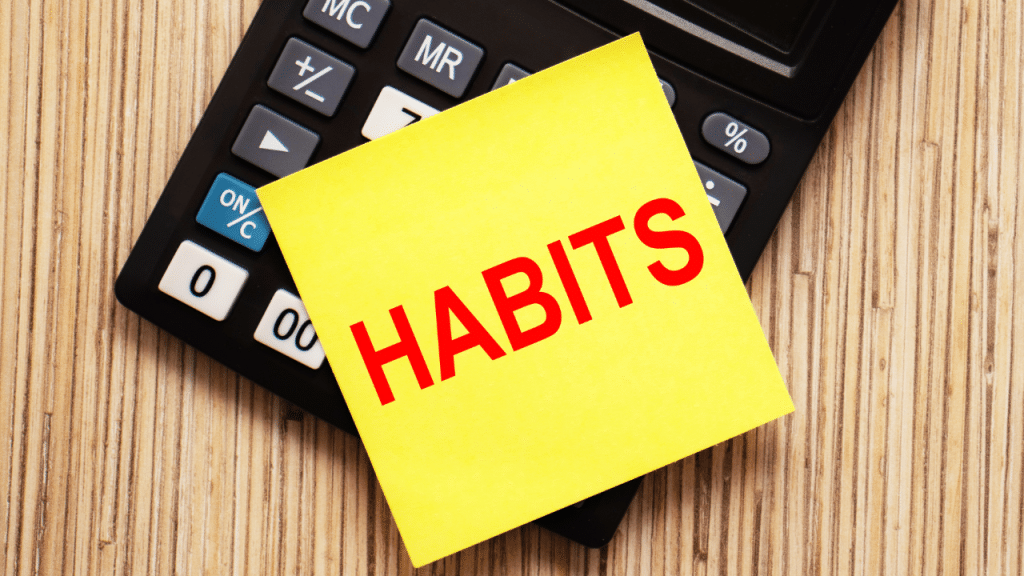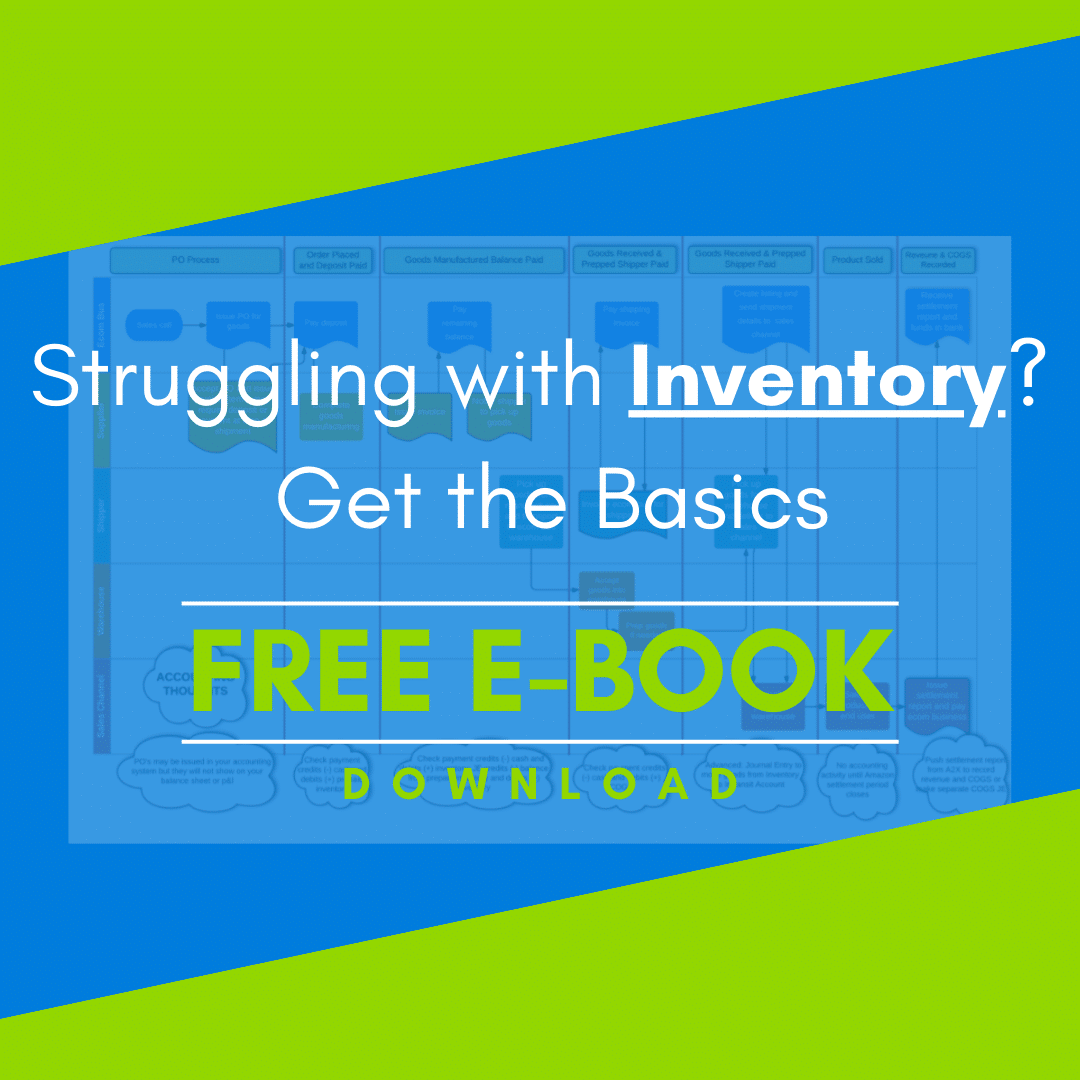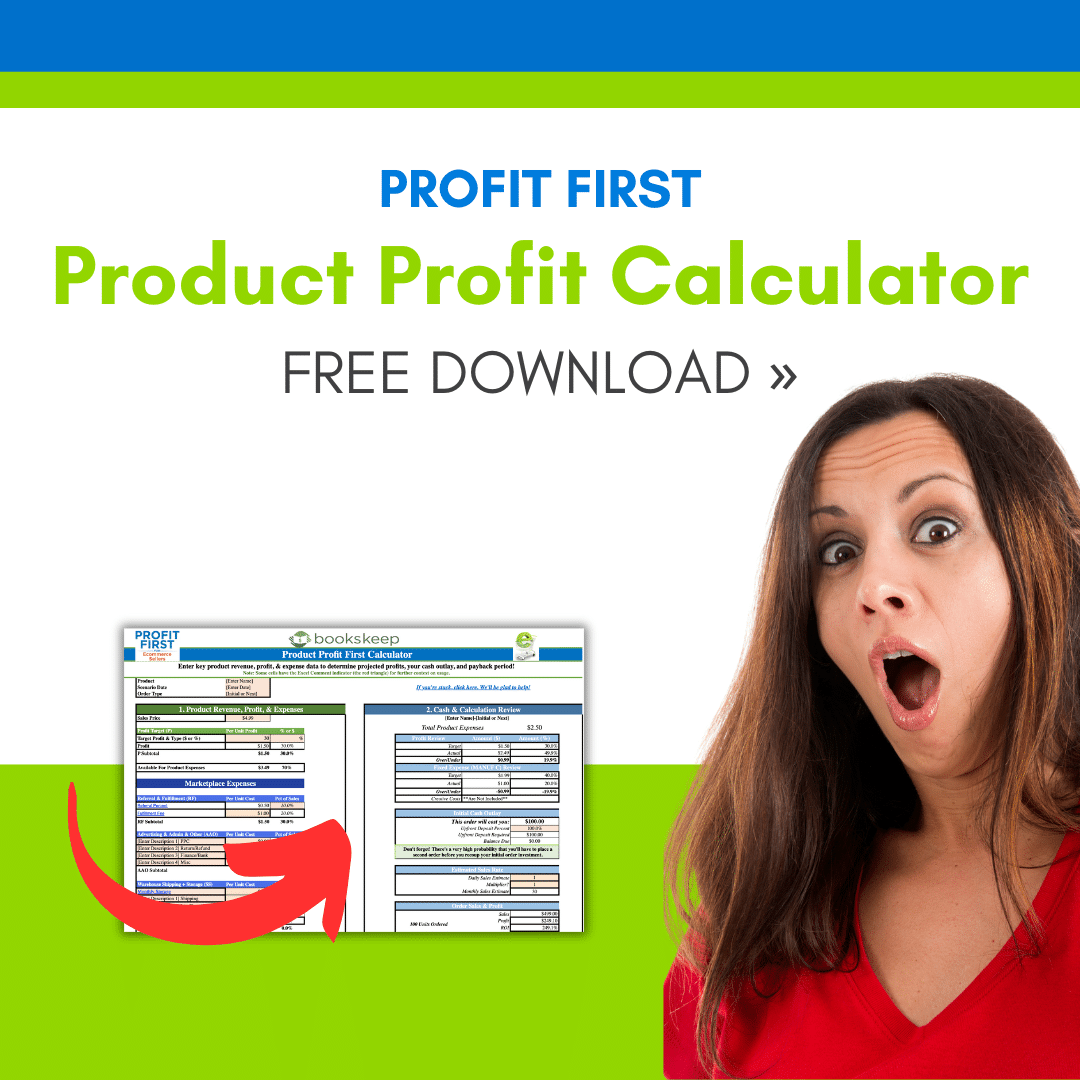
We’re all creatures of habit, and when you’re a business owner with a lot on your plate, falling into the habit of pushing things off until that last-minute during tax season can be pretty easy. However, when it comes to making a real profit continually, procrastination isn’t going to cut it. You need to be consistent and commit to regularly repeating these actions until your bad habit is a thing of the past and the new habit of profit now stands in its place!
What Makes Profit First Work?
Profit First, created by Mike Michalowicz, provides a financial management framework that leverages our existing behaviors to improve profitability. It is based on Parkinson’s Law, formulated by C. Northcote Parkinson in the 1950s. Parkinson’s Law states that the consumption of a resource, including time and money, expands to match its availability. In other words, if we have it, we tend to use it.
Considering Parkinson’s Law, the traditional equation of Sales – Expenses = Profit is unlikely to generate substantial money. Profit First introduces a revised equation: Sales – Profit = Expenses. Mathematically, both equations work, but our behavior prevents us from generating profit unless we prioritize it first. Otherwise, our expenses will increase to consume the available profit. On the flip side, by prioritizing profit, we allocate less for expenses, which compels us to operate more efficiently and economically to outperform competitors.
How Profit First Works?
Step 1 – By creating various bank accounts, you are set up to separate cash into accounts made for specific purposes. Many businesses run with a single checking account for all of the operations. For ecommerce sellers, we recommend beginning with two checking accounts, one for inventory and one for operating expenses. Additionally, savings accounts are for Proft, Taxes, and Owner Pay. If you’re just starting out, I suggest three accounts: Inventory, Profit, and Operating Expenses. When you have a better understanding of how the system works, the Owner Pay and Tax accounts can be added. Be aware that as you move your cash into the separate accounts, you might lose some of the floats that come with inventory purchases, so be sure to keep a close eye on it.
Step 2 – A prescribed sequence can help establish new behaviors when it comes to your new bank accounts. You will start to move money to the designated accounts in a specific sequence as Amazon or other income comes in to your operating expense account. You should look at the cost of products you recently sold. If your deposited income after fees is $50K, look at the cost of products sold that generate the $50K. We normally see products costs of around $20K. You should move the $20K to your inventory account, which is for purchasing inventory replenishment. You should then move 1 to 5%, based on what your cash flow allows, into your profit account. By doing this, your next Amazon settlement will be profitable, because you have set your business up to make profit a consistent habit.
You will keep the remaining amount in the operating expense account. Review your expected expenses due before your next Amazon settlement and ensure that the remaining funds will cover them. If they won’t, you should consider things that can be reduced or even cut. In the beginning, you may just have to use lower percentages for your Profit Allocation. If you can’t cover the operating expenses, however, it is an indication that you could be living beyond your means.
Step 3 – Removing temptation is focused on understanding that it can be hard to learn and stick to new behaviors. If an increasing Profit Account balance is a temptation, move the money to a less accessible account. Some of our own clients use a custom banking profile to hide the profit account from their view. Some others move the profit account funds to a different bank since transfers between banks have more obstacles and can take a few days for the money to be accessible. You then have time to reflect on how you may be propping up your business with these funds. As long as you are committed to the process and are disciplined enough not to touch your funds, an account at your primary bank is fine. Be honest with yourself and set yourself up to succeed.
Step 4 – Implement a Rhythm maximizes the time you will have to work on managing the funds. In order to really understand the flow of your cash, you should be funding the accounts according to Step 2 every two weeks. Most sellers receive biweekly Amazon payouts, so the rhythm is already there. Follow the sequence to fund your accounts, and then pay bills that are due before your next payouts. When using credit cards and auto withdrawals, look at your upcoming payouts to be sure you will have the money needed.
After a few months of implementing this process, your understanding of the rhythm your business requires for its cash demands will increase. Shortcuts can be created for your allocation process by finding the percentage averages you will have to have to fund your accounts. After receiving Amazon payouts, you can just apply the percentages to your funds and make transfers using that calculation.
Through Profit First, you can decrease worry and stress around running your business and build a business that will work for you instead of you working for it. If you need help getting started, reach out to the bookskeep team. We would love to help!




Leave a Comment